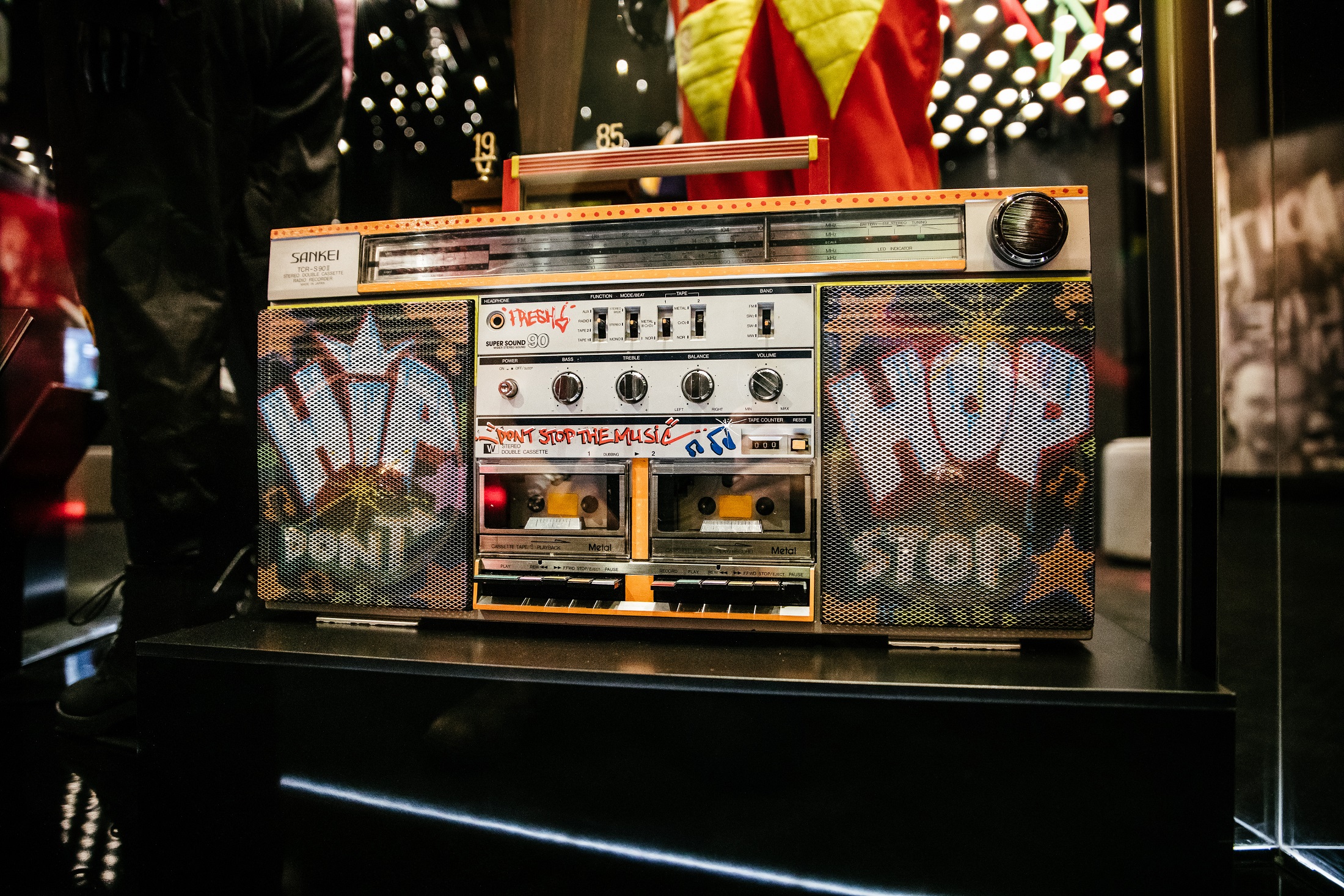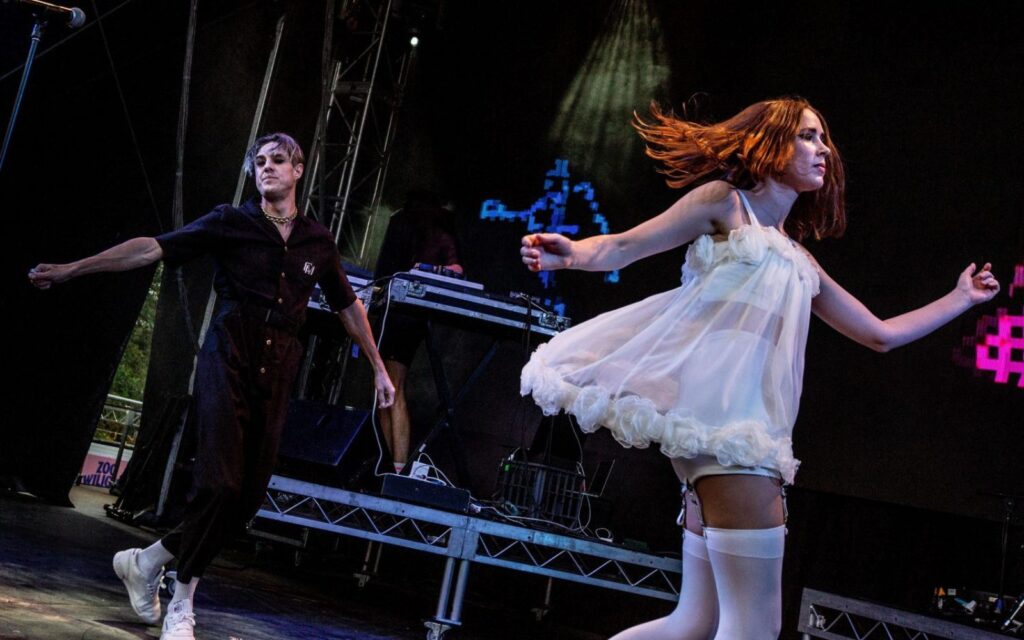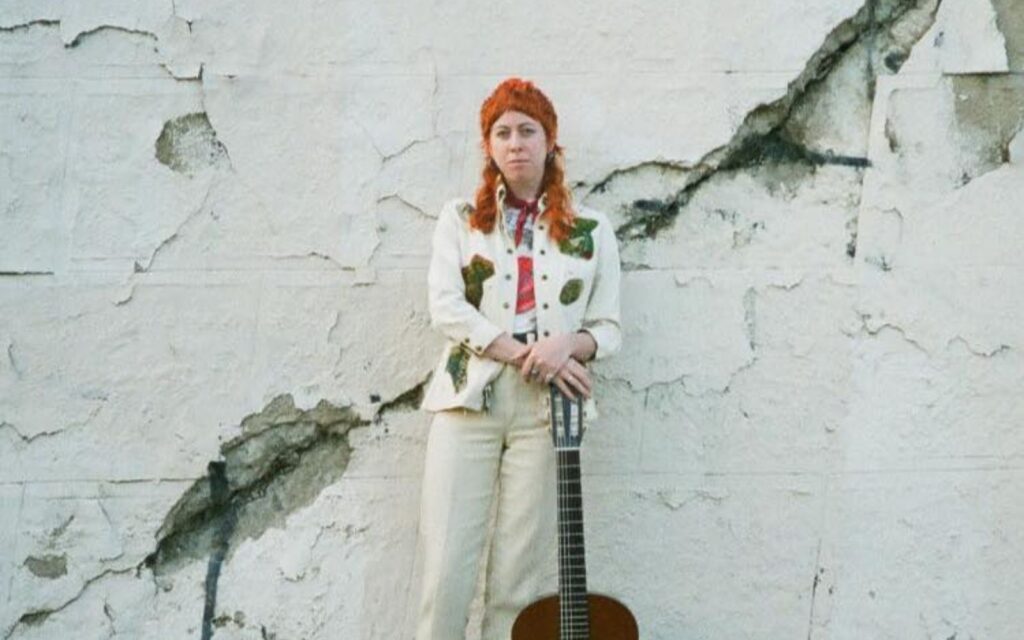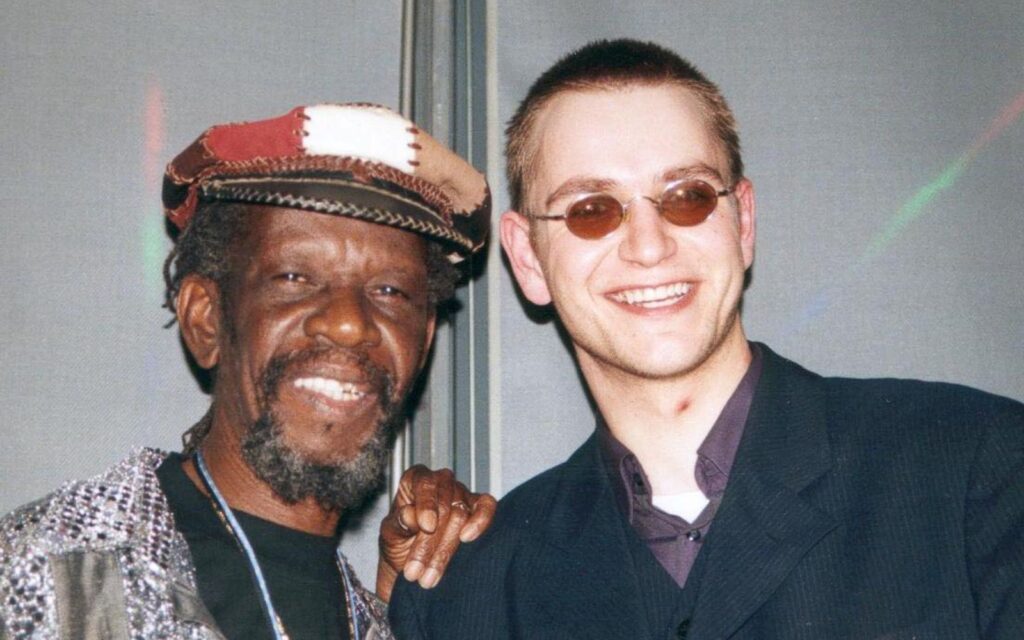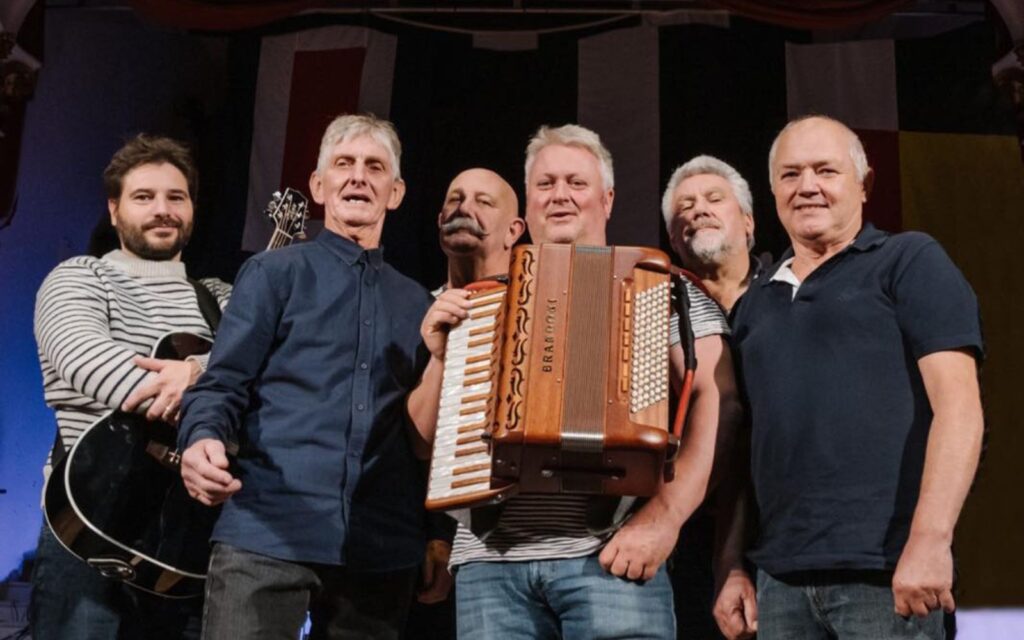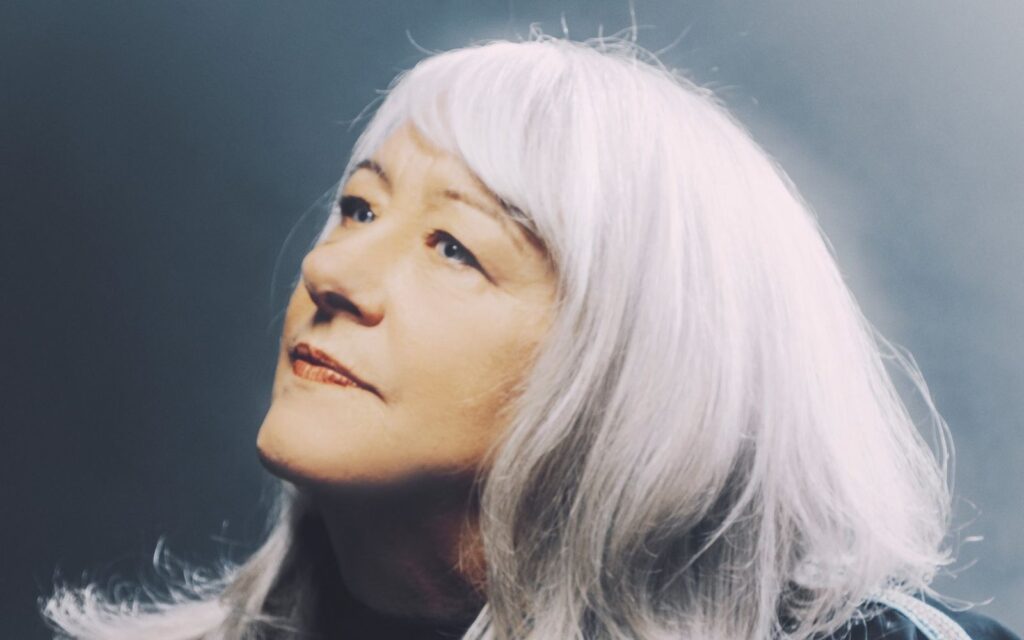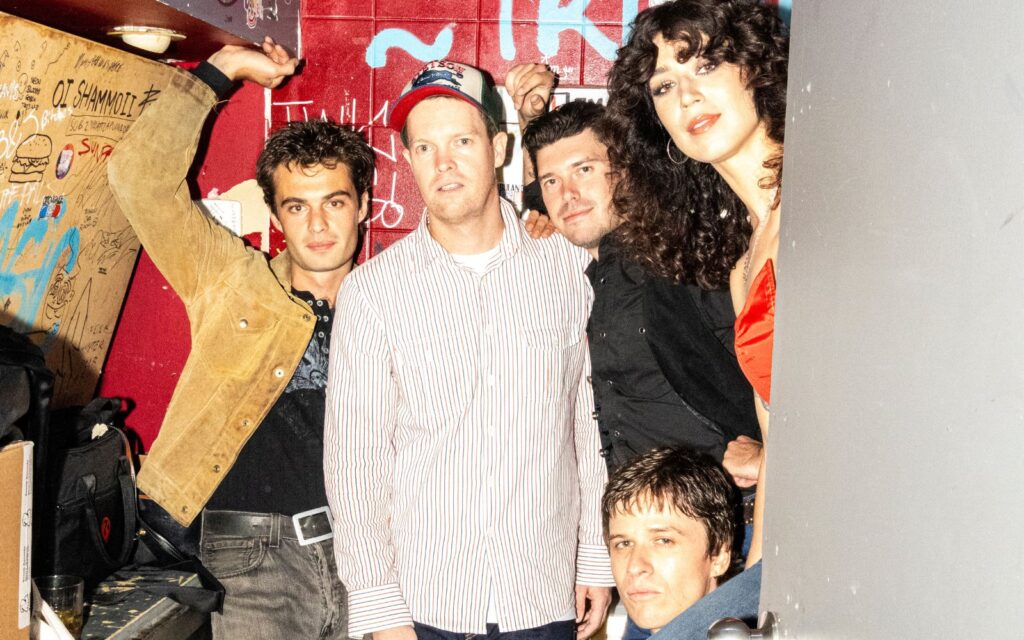Australians have been making hip hop since the 1980s, but it took a long time for the genre to gain legitimacy.
By the early ‘80s American hip hop had attained commercial success and political potency, but it remained an underground movement in Australia for the next few decades.
The history and evolution of hip hop in Australia is explored in the Australian Music Vault’s hip hop display, which opened in late March at Arts Centre Melbourne.
“We’ve spent the last six months consulting with artists and going and visiting people and looking at the collections of material that they’ve got and really getting a deeper understanding of the story of hip hop in Australia so we could really do it justice,” says senior curator Carolyn Laffan.
The display aims to engage people of all ages including those who aren’t typical museum visitors. The folks at the Vault are also facilitating a school holiday hip hop lyric writing workshop devised by local MC N’fa Jones.
Jones’ group 1200 Techniques were one of the first Australian hip hop acts to achieve crossover success. Their 2002 single ‘Karma’ was a chart hit and won an ARIA award, which paved the way for acts like Hilltop Hoods, Bliss n Eso and The Herd.
The Vault’s hip hop display seeks to portray what led up to this commercial breakthrough.
“There seems to only really be two names that everybody knows, which is Hilltop Hoods and Bliss n Eso,” Laffan says. “We wanted to really open that up and say ‘well do you know people even in the early ‘80s were involved in hip hop in Australia contemporaneously with what was happening overseas?’
“It’s not a new thing. It’s an evolving thing and yes there’s a whole lot of new expressions of hip hop now, but we’re really interested in taking it back a little bit to see the evolution in Australia.”
It took a while for the development of a uniquely Australian voice within hip hop, which isn’t surprising given the genre’s deep roots in African American culture. But Laffan argues that imitation of US performers was only short-lived.
“Quite early on you had people like Def Wish Cast who were very much already singing in an Australian accent and about Australian life. Hip hop only really works if it’s an expression of authenticity. You can’t be talking about guns, girls and cars if that’s not what you’re into.”
The genre has a long history of feuds and battles, but it’s also a powerful tool for raising social consciousness and empowering disenfranchised communities. This is reflected in the work of contemporary artists like Sampa the Great, Remi, A.B. Original and Baker Boy.
“Jingoistic, Aussie Aussie Aussie, that’s a part of it, but I think that gets a lot of airtime,” Laffan says. “But [hip hop in Australia] is Sampa the Great and it is Tkay Maidza and it is Tasman Keith. It’s many things and I think that’s what’s exciting about it.
“The other really exciting level that we have in Australia is indigenous hip hop. Indigenous hip hop is the continuation of an old tradition that has been going for tens of thousands of years.”
While artists of diverse backgrounds have been involved in Australian hip hop for years, it’s been a white male-dominated field for much of its history. Over the last ten years, however, it’s opened up to welcome more women and people of diverse ethnicities.
“As part of the display we have a place where people can sit down and watch some documentaries,” Laffan says, “and one of those is a documentary called All the Ladies, which is looking at female MCs from the early 2000s.
“It is really exciting to see women in the forefront of hip hop now because that has been a long time coming – they have been a big part of the story for a long time.”
The Australian Music Vault’s new hip hop exhibition is now open at Arts Centre Melbourne. Head to The Vault website for more information on what’s going down.
